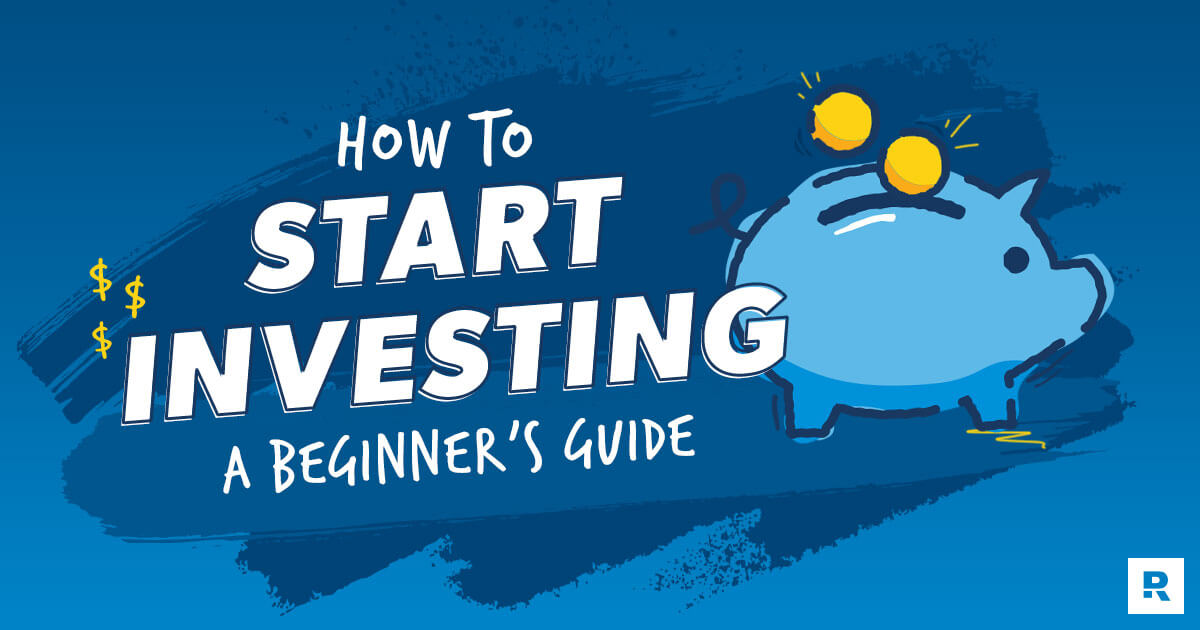Why Invest?
Investing money is crucial for building wealth and securing financial stability for the future. By putting your money to work in various investment vehicles, you have the opportunity to grow your funds over time and outpace inflation. This allows you to achieve your financial goals, whether it’s saving for retirement, buying a home, or funding your children’s education.
Benefits of Investing
- Compound Interest: Investing allows your money to grow exponentially through compound interest, where you earn interest on your initial investment as well as on the interest that has already been earned.
- Diversification: Investing in a variety of assets helps spread out risk and minimize potential losses from market fluctuations.
- Long-Term Growth: Historically, investments in stocks and bonds have shown higher returns compared to keeping money in a savings account or under the mattress.
Risks of Not Investing
- Inflation Risk: The value of money decreases over time due to inflation, meaning your purchasing power diminishes if you do not invest and grow your funds.
- Missed Opportunities: By not investing, you miss out on potential opportunities to grow your wealth and reach your financial goals faster.
- Retirement Shortfall: Without investing for retirement, you may not have enough savings to maintain your lifestyle or cover expenses during your golden years.
Types of Investments

Investing is a key way to grow your wealth over time. There are various types of investments to consider, each with its own set of risks and potential returns.
Stocks
Stocks represent ownership in a company and can offer high returns but also come with high risks. Prices can be volatile and influenced by various factors such as economic conditions, company performance, and market sentiment.
Bonds
Bonds are debt securities issued by governments or corporations. They are generally considered lower risk compared to stocks but offer lower returns. Bonds pay interest over time and have a fixed maturity date when the principal is repaid.
Mutual Funds
Mutual funds pool money from multiple investors to invest in a diversified portfolio of stocks, bonds, or other assets. They offer diversification and professional management but come with fees that can impact returns.
Real Estate
Investing in real estate involves purchasing property to generate income or profit through appreciation. Real estate can provide steady cash flow and potential for long-term growth, but it requires active management and carries risks related to market fluctuations and property upkeep.
Low-risk Investments
Examples of low-risk investments include savings accounts, certificates of deposit (CDs), and Treasury securities. These investments offer capital preservation and stability but may provide lower returns compared to higher-risk options.
High-risk Investments
High-risk investments include options trading, leveraged investments, and speculative stocks. While these investments have the potential for high returns, they also come with a higher likelihood of loss and volatility.
In conclusion, each type of investment has its own set of risks and potential returns. It’s essential to diversify your investment portfolio to manage risk and maximize returns based on your financial goals and risk tolerance.
Setting Investment Goals

Setting clear investment goals is crucial for a successful investment journey. It provides a roadmap for your financial decisions, helps you stay focused, and allows you to measure your progress over time.
Determining Risk Tolerance and Investment Time Horizon
Determining your risk tolerance involves assessing how comfortable you are with the possibility of losing money in exchange for potentially higher returns. Factors such as age, financial situation, and investment knowledge play a role in determining your risk tolerance. Your investment time horizon, on the other hand, refers to the length of time you plan to hold onto your investments before needing the funds.
- Assess your financial situation and investment knowledge to determine your risk tolerance.
- Consider your age and how soon you may need the invested funds to determine your investment time horizon.
- Consult with a financial advisor to get a better understanding of your risk tolerance and investment time horizon.
Aligning Investment Goals with Personal Financial Objectives
Aligning your investment goals with your personal financial objectives ensures that your investments are in line with what you want to achieve financially. Whether it’s saving for retirement, buying a house, or funding your child’s education, your investment goals should support these objectives.
It’s essential to regularly review and adjust your investment goals as your financial situation and objectives evolve over time.
- Create short-term, medium-term, and long-term investment goals that align with your financial objectives.
- Set specific, measurable, attainable, relevant, and time-bound (SMART) goals to track your progress effectively.
- Revisit your investment goals periodically to make sure they are still relevant and adjust them as needed.
Creating an Investment Plan

When it comes to creating an investment plan, it’s essential to tailor it to your financial goals, risk tolerance, and time horizon. Here are the steps involved in crafting a personalized investment plan:
Significance of Diversification
Diversification is a key strategy in investing that involves spreading your investments across different asset classes to reduce risk. Here are a few reasons why diversification is crucial in an investment portfolio:
- Diversification helps minimize the impact of volatility in any one asset class.
- It allows you to capture returns from various sectors of the economy.
- By diversifying, you can potentially increase your chances of achieving a more stable return over time.
Monitoring and Adjusting Your Investment Plan
Once you have set up your investment plan, it’s important to regularly monitor and make adjustments as needed. Here are some strategies for monitoring and adjusting your investment plan over time:
- Review your portfolio regularly to ensure it aligns with your financial goals and risk tolerance.
- Consider rebalancing your portfolio periodically to maintain the desired asset allocation.
- Stay informed about market conditions and economic trends that may impact your investments.
- Consult with a financial advisor to get professional guidance on your investment plan.
Getting Started with Investing
Investing can seem daunting at first, but with the right approach, anyone can start building wealth for the future. Here’s how you can get started with investing:
Opening an Investment Account
Before you can start investing, you’ll need to open an investment account. This can be done through a brokerage firm or an online investment platform. Make sure to compare fees, account minimums, and available investment options before choosing a provider.
Role of a Financial Advisor
For beginners, working with a financial advisor can be beneficial in navigating the complexities of investing. A financial advisor can help you set financial goals, create an investment plan, and provide guidance on where to invest your money based on your risk tolerance and financial situation.
Researching Investment Opportunities
Research is key to making informed investment decisions. Take the time to educate yourself on different investment options such as stocks, bonds, mutual funds, and ETFs. Look into the performance history of investments, the company or fund behind them, and any associated risks.